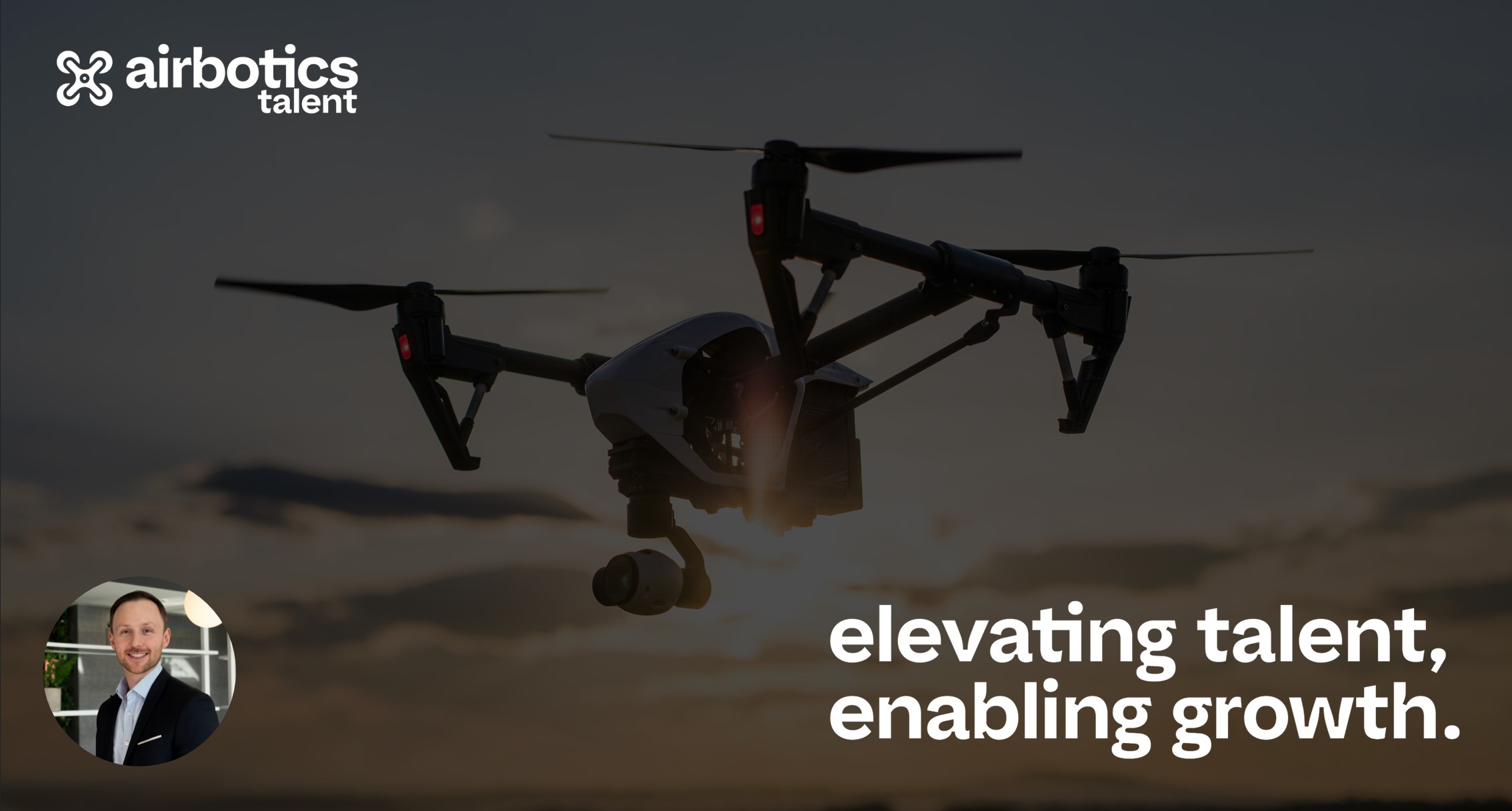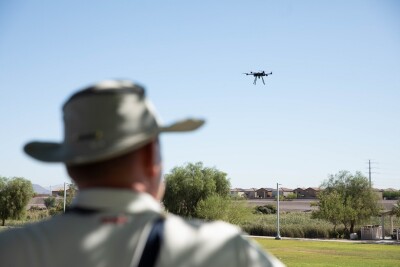The drone industry is going through a rapid rate of acceleration and is projected to grow to $33.9b by 2032, at a compound annual growth rate (CAGR) of circa 18%.
With the backdrop of record-breaking events this year such as XPONENTIAL, the Commercial UAV Expo and DSEI, this year has been one of continued positivity. There is a growing wave of optimism across the sector and increasing indicators of mass consumer adoption of UAV technology.
In recent weeks regulatory firsts have been achieved, with one of the most prominent being the FAA’s granting authorization to the likes of Zipline, UPS Flight Forward Phoenix Air Unmanned and uAvionix to operate BVLOS. This was accompanied by the admission from the FAA’s Executive Director for the Unmanned Aircraft Systems Integration Office in Aviation Safety, Jeffrey Vincent, of the challenges the drone industry has faced from federal regulators previously, and the positive steps being taken to improve this.
Increased adoption of drone & UAV technology can be seen across a variety of sectors including agriculture, defense, last mile and last meter delivery, first response, inspection, security and surveying and mapping amongst others. And whilst the past 18 months have been more challenging from a funding perspective, with VC’s tightening their purse strings, major funding rounds have been delivered this year. Zipline raised $330m in Series F in April, Wingcopter $44m in May, Verity AG $46m in July and earlier this month Shield AI raised $150m.
For all the positivity, growth, and realizing growth potential, comes with obstacles. Regulatory and compliance will be an ongoing journey the industry will need to navigate despite recent developments. Consumer confidence and security are also both pivotal and come with the backdrop of the continued debate regarding widely used Chinese drones, both in the US and internationally.
However, speaking to my customers and thought leaders across the space, the biggest challenges businesses are facing right now are product innovation, funding and hiring and retaining talent. In many instances, improving technology (both hardware and software) can be remedied with funding and time. The two are closely interlinked – funding gives a longer runway and more time to deliver on innovations and work around technology roadblocks.
When UAV businesses do work out their technological challenges and have a fit for market product with the funding to manufacture to scale, it will be the people that are fundamental to the successful rollout to customers and consumers. But this is where the drone and UAV market is feeling the greatest pain. Finding qualified professionals with experience in developing, operating and maintaining fleets of UAV is proving challenging.
Hiring and retaining the talent in emerging tech markets is always painful. Inherently, you will always be working within the parameters of there being greater demand than supply and this can be a daunting place to be. Unlike commercial aviation, there isn’t the depth or maturity of skills in the market and the talent pool businesses end up fishing from is more of a puddle than a pool. Forbes, LinkedIn and numerous other platforms have been quick to highlight the tech talent crisis. This is evidenced in the number of unfulfilled vacancies listed across the industry, with several of California’s leading drone businesses with between 120 and 200 live vacancies.
It's all well and good understanding there is an issue, the bigger question is how does the drone & UAV market tackle this issue? The first and most immediate need is to define your needs and assess the technical skills gaps within your business that you may or may not need to acquire. Retraining your current staff is a low-risk option, given they already understand your business and culture and removes the risk of hiring unknown quantities. This alone wont however provide scale, but a reallocation of resources.
Developing robust graduate schemes and tapping into the growing list of Colleges and Universities that offer UAS and drone specific courses will help futureproof your pipeline of talent, albeit there will typically be a longer lead time on results. The FAA has partnered with several schools that offer degrees specifically in Unmanned Aircraft Systems Science with Embry-Riddle Aeronautical University offering a Bachelors in UAS. The New England Institute of Technology currently offer an Associate in Science Degree in Electronics, Robotics, and Drones Technology (ERD), and adjacent to this is the ever-expanding drone pilot programs offered across the US and internationally.
The laser focus on business leaders can often result in blind spots when it comes to hiring. Recruiting from crossover markets such as robotics, electric aviation, EV and renewables and retraining to the nuances and market specific elements of the role can have great results and offer alternative perspectives to those within your business. Conversely, you’ll need to be aware of managers willingness and capacity to be hands on in the retraining process.
As startups and scaleups grow, often hires are at a senior level that require an intricate understanding of the technology and the ability to make an immediate impact. Cross referencing with peers and leveraging your network is a great way to begin this process. Hiring from a direct competitor or supplier, although a sensitive one to navigate, has an obvious benefit and will reduce the load on leadership to acclimatise your new hire to the industry. Although harder for US organizations to deliver, it’s worth considering bringing in talent from overseas. Irvine based EV manufacturer Rivian saw great success in hiring internationally after incorporating close to McLaren’s UK headquarters and utilising L1 VISA transfers for staff, albeit this process has come under scrutiny in the last 12 months.
For business critical or hard to fill roles, finding a UAV specific talent partner can have a great ROI. If you’d like to explore this and the above talent strategies please feel free to reach out to myself at Airbotics Talent for a confidential conversation.
About the Author:
After over a decade in the global recruitment and talent space, Richard Nelson founded Airbotics Talent with the purpose of furthering the development and growth of Drone and Robotics industries. He launched DroneZone in early 2023 to serve as a community hub and support the continued growth of the ecosystem. In addition to talent, through their VC, PE and Founder networks, Airbotics Talent also support businesses in attracting investors, and investors with M&A opportunities
















Comments